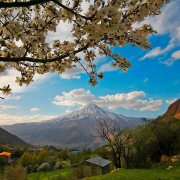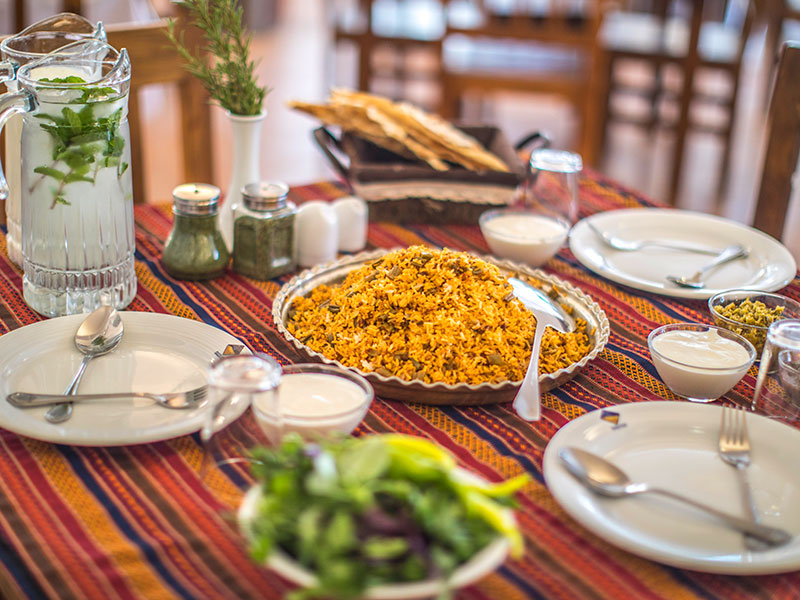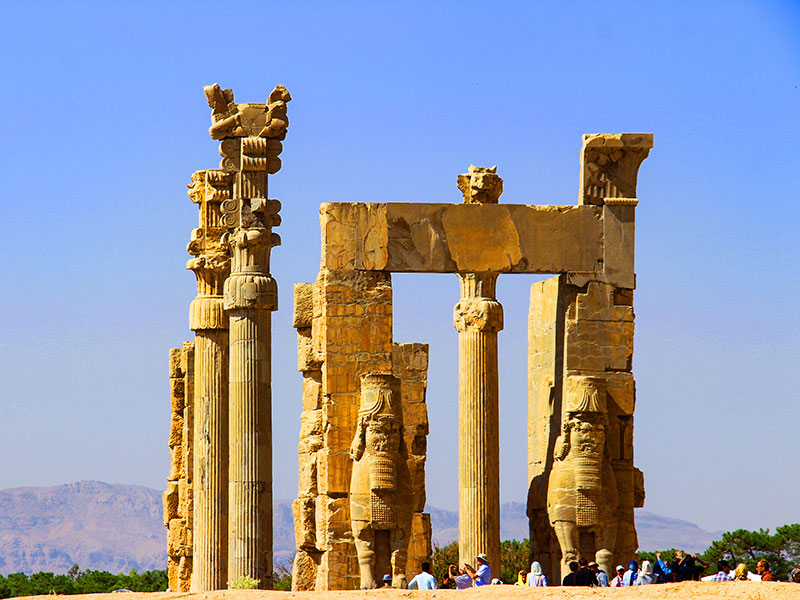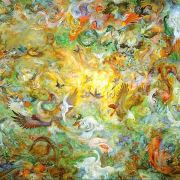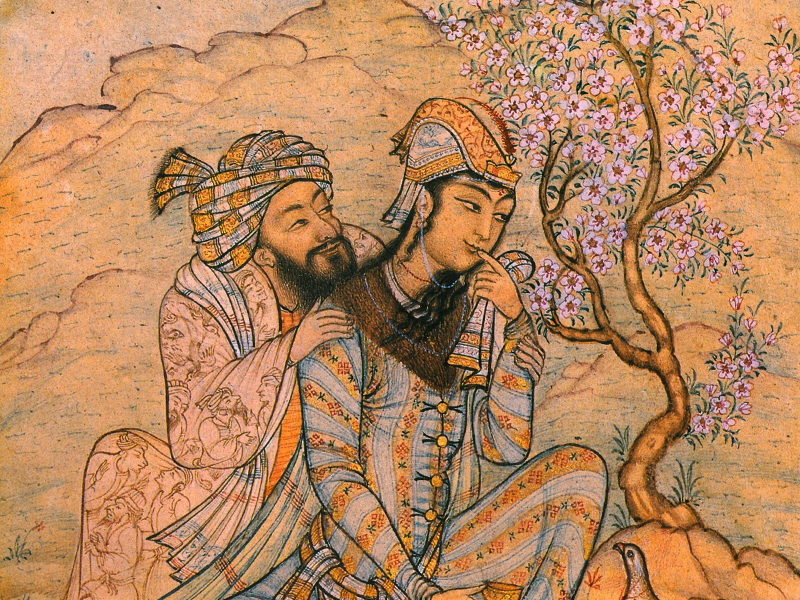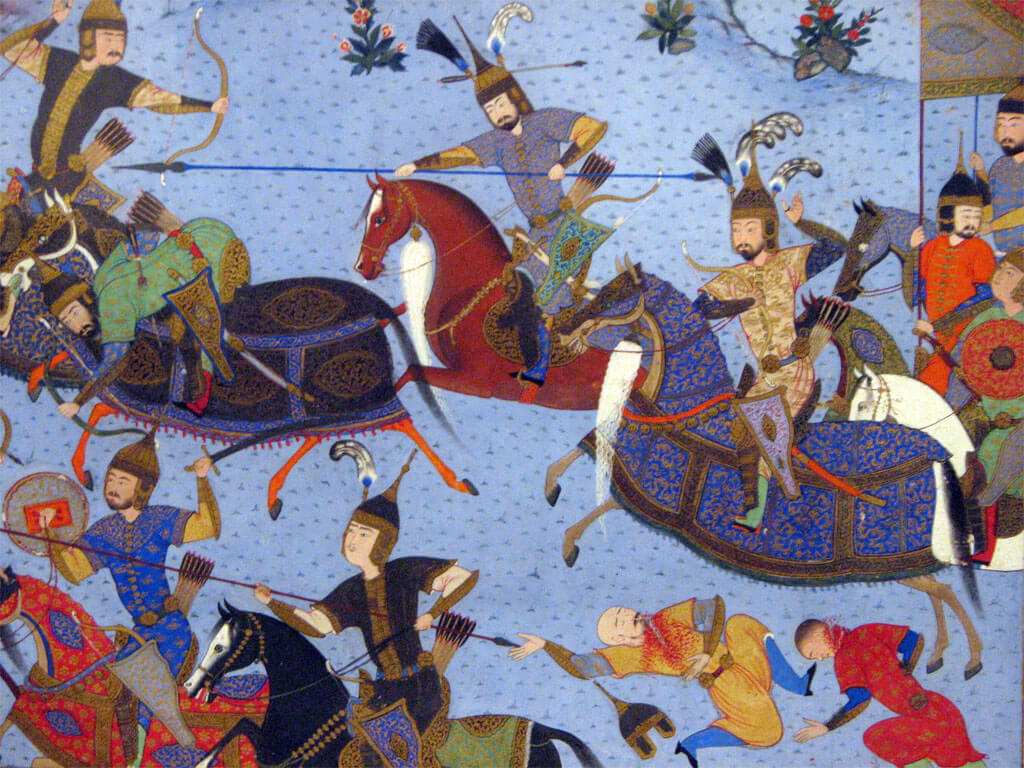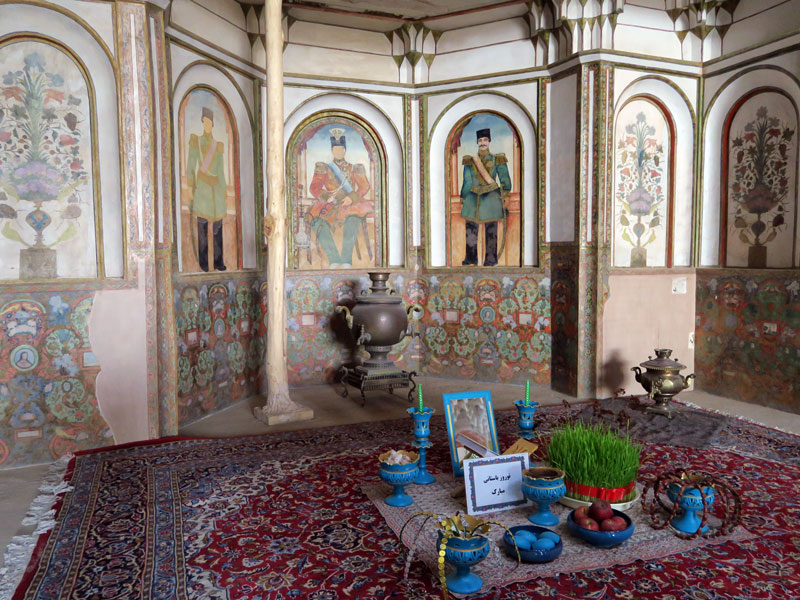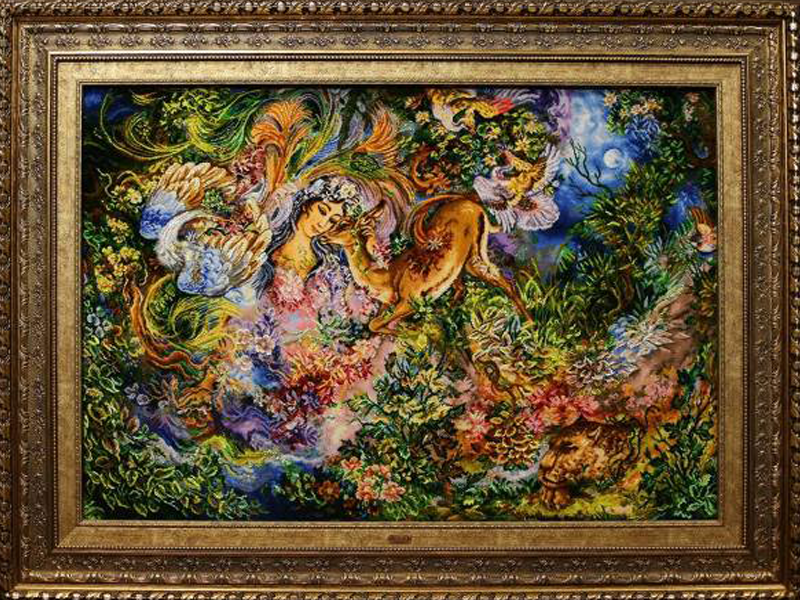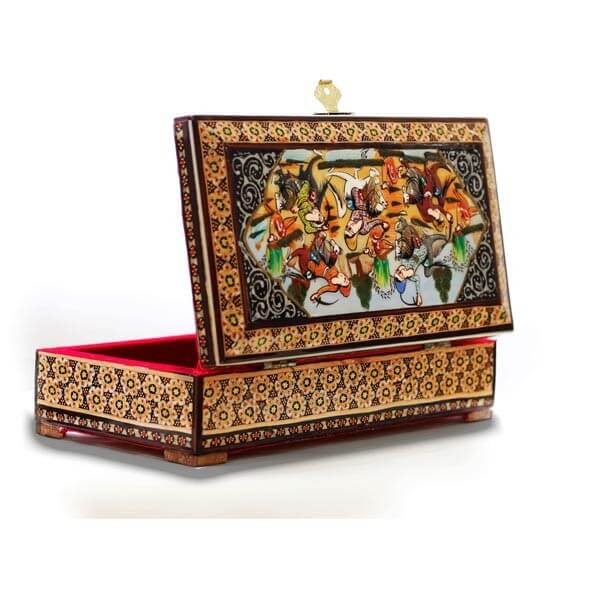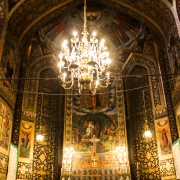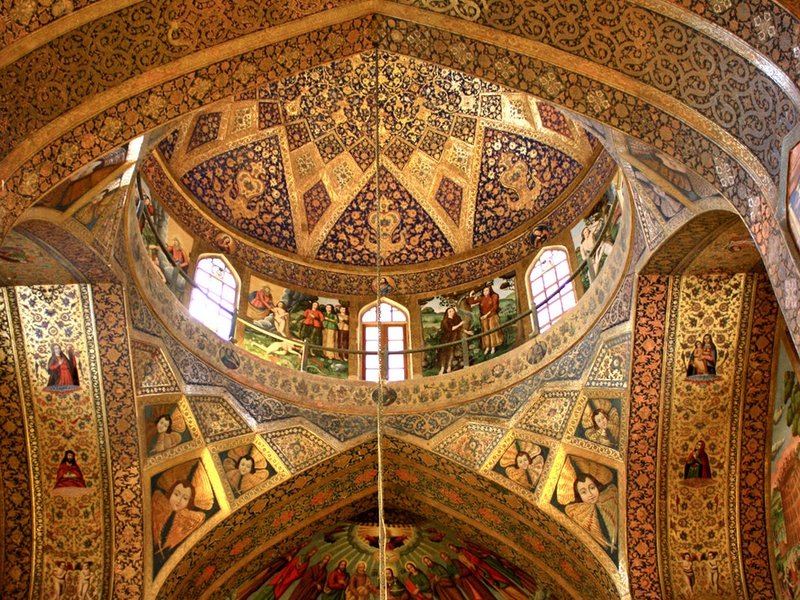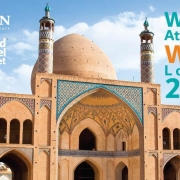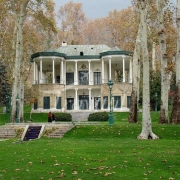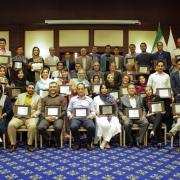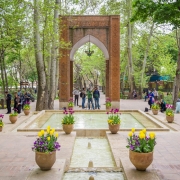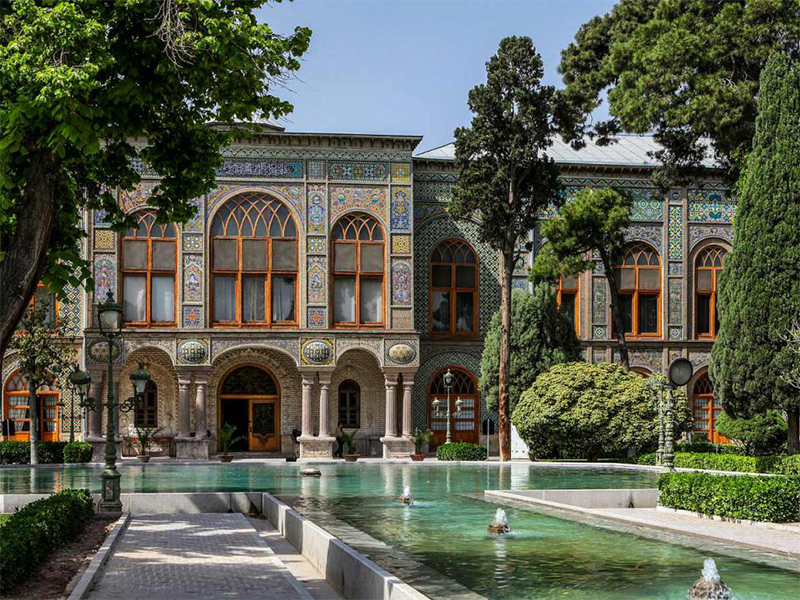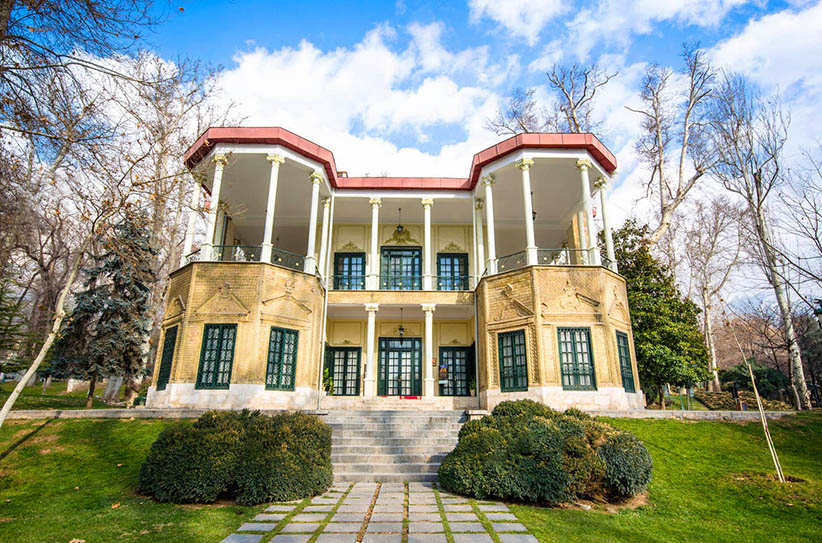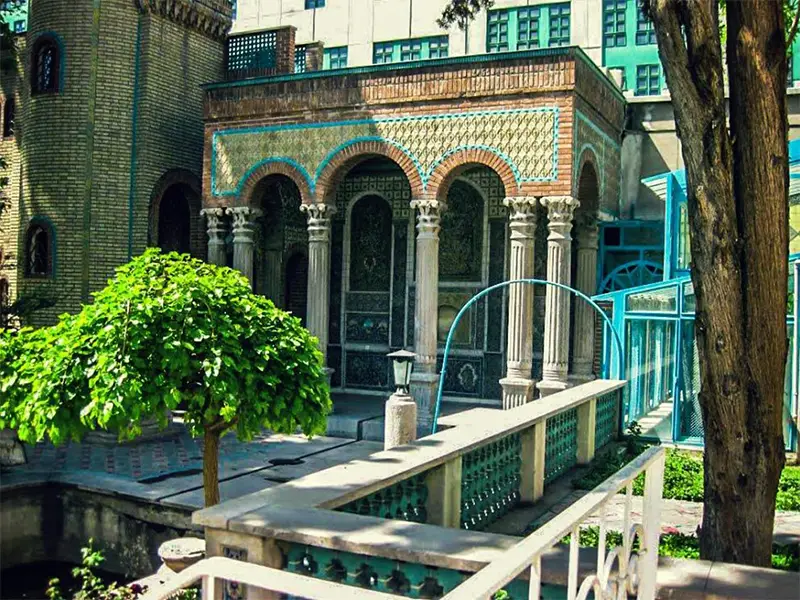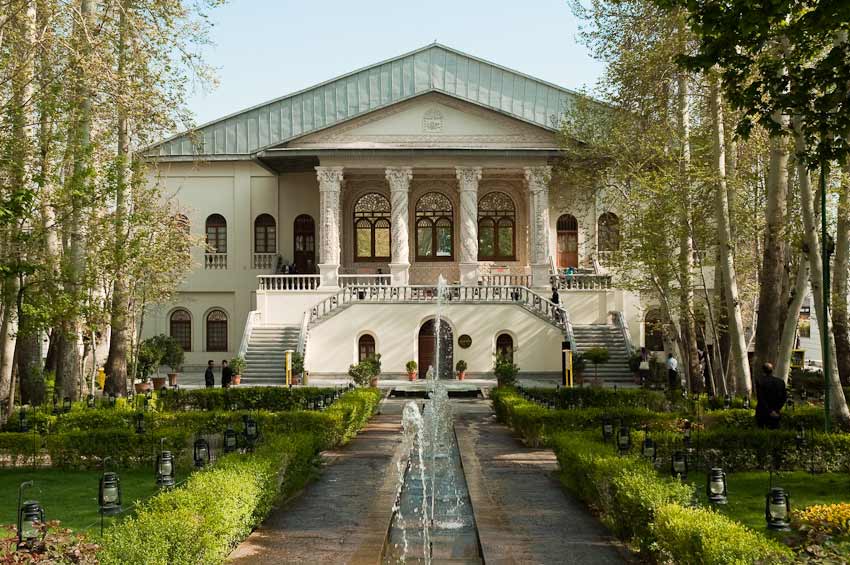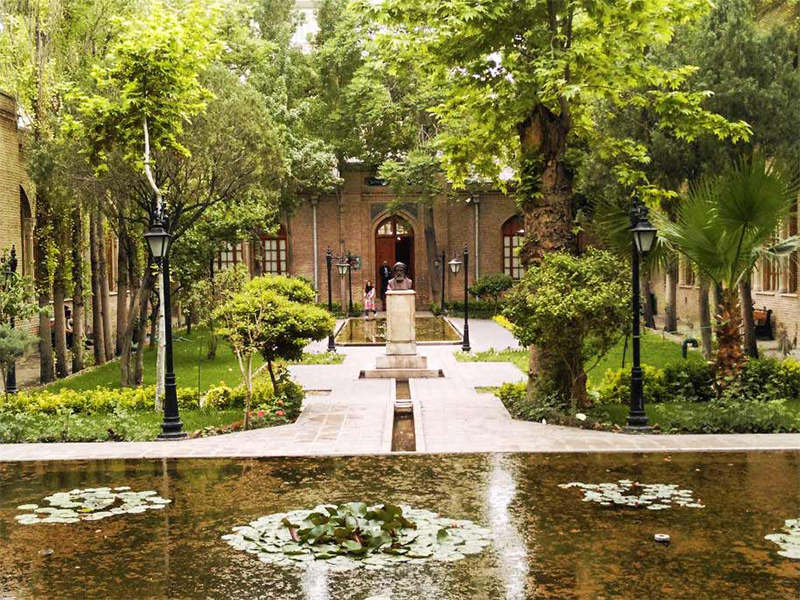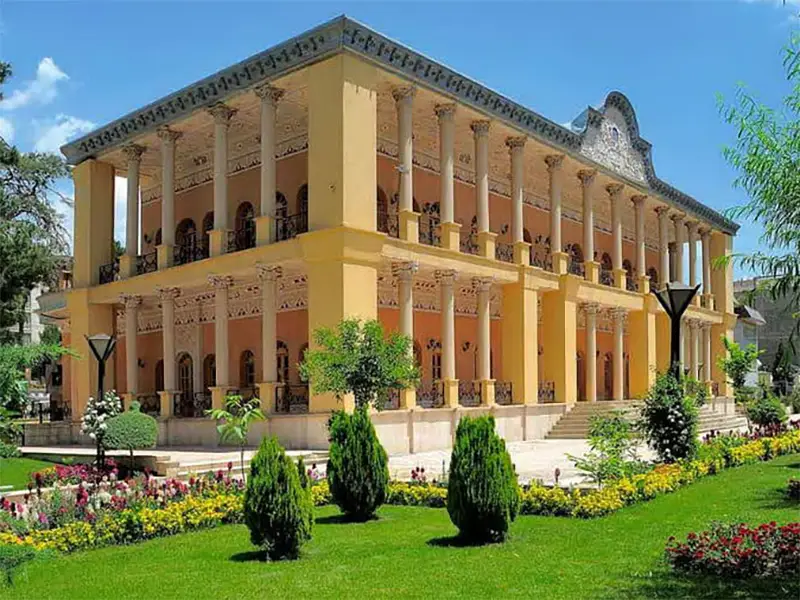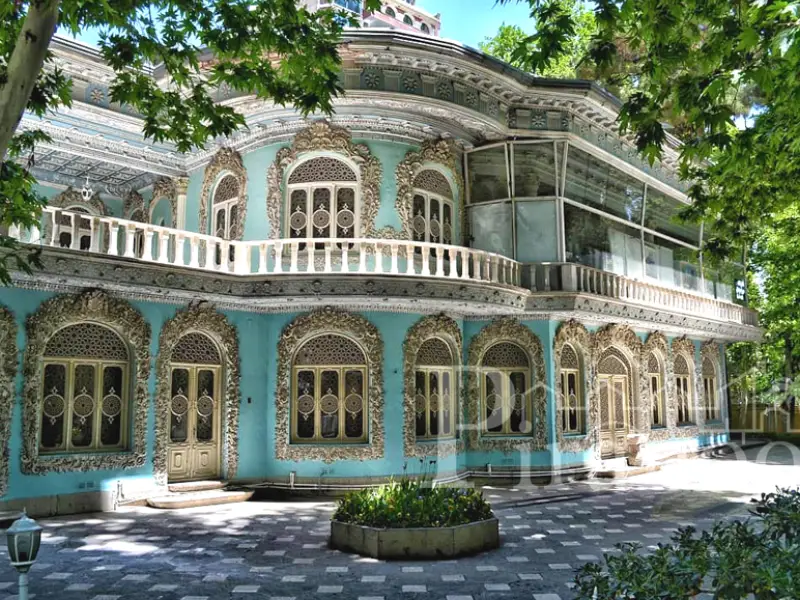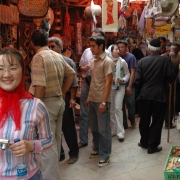Why you should visit Iran?
Yes, you read it right! You should visit Iran. I won’t spend any words on how safe Iran is, or why the Middle East is not like what you think, or how it is not like you expect. I have already written those articles. The gist of it is that Iran is an ordinary country, like what you could say of France or Spain.
A trip to Iran can teach you a lot, make a better person out of you and, without much effort, improve the whole world by a tiny bit. So no, I will not write another article or why you shouldn’t be afraid of this or worried about that, where I simply dispel wrong commonly held assumptions about this beautiful country. I will instead concentrate on why you should come from the perspective of what you can take from Iran or give to it, through the lens of my own experience here.
Endless Beauties of Iran
First of all, let me state the obvious: Iran is an amazingly beautiful country. Whether you decide to explore cultures and traditions, history, or landscapes, expect to be stunned. You can climb enormous mountains, such as Mount Damavand. You can walk through the lush forests of northern Iran. You can go alone in the unique Lut desert, and experience a sense of freedom you had not fathomed before. You could get addicted to it. In winter, you can even see small villages at the edge of the sand deserts covered in snow.
You can visit Iran to see the old capitals of the Persian empire, more than two and a half millennia old. You can see mesmerizing ceremonies, such as Ashura. You can walk in the kaleidoscope of colors of the Pink Mosque. And I’d rather not start writing about the food… it would take me pages to describe all the best things.
The many different mentalities, traditions, and foods that dot Iran are available for you to experience because this country is unmistakably a multicultural society. No, not a multicultural society as in the United States, where racial segregation has only recently been ended, and subcultures cyclically bring racial tensions to a boiling point. And not multicultural like Europe, where huge political rifts form because of a few desperate refugees and migrants. In Iran, nobody uses buzzwords such as “assimilation” or “integration”. No media, in its own limited powers, promotes divisive discussions on these matters in the hope of obtaining more viewers. Here, such concepts are entirely alien.
Iran was the first truly multicultural empire in human history, and it adopted the diversity of its people with open arms. Since the 6th century B.C. laws and arts here were promoting unity through diversity. For example, in the ancient Persepolis city, art styles from different and very far apart regions of the empire can be seen.
Various Tribes in Iran
Kurds, Armenians and Azeri Turks in the West, Afghan and Baluchi in the East, Central Asian Turks in the North, Arabs in the South, Qashqai nomads, and Baluchs live together in harmony in Iran.
They speak their language at home and speak Farsi in public. All of them maintain, and sometimes publicly display their ethnic traditions. Many of them still wear their traditional costumes everywhere, be it bazaar, office, or place of work. A person from Tehran going to Tabriz will feel like a foreigner in his/her own country, yet will not feel the impulse of insulting the local Turks. Iraqi soldiers tortured, raped, and murdered Iranians just thirty years ago, yet now Iraqi immigrants in Iran aren’t pilloried because of it.
An interesting personal example of how multiculturalism is at the core of Iranian society is my girlfriend and her family, whose origins are in Tehran only. She has a Turkish-Iranian name. Her sister has a Kurdish name, her father an Arab one, while her mother has a European one.
Needless to say, visiting Iran is an eye-opening experience of what intercultural tolerance is all about. As did I on many other things. From a simple personal well-being perspective, I can say that traveling here has been quite a boon.
In the West life is frenetic, everybody living in a semi-frenzied state of mind, always thinking two things at a time, running from place to place, and then coping through what now genuinely seems to me perverse psychological mechanisms. But visit Iran, spend here a couple of months, and life will slow down. It’s not that there’s no stress. No, on the contrary, cars run amok and you risk getting hit two times a day, the government is sensitive to the discussion of political topics, so you have to watch what you say, some idiot built something the way only an idiot would build it, and you have to multiply your effort to do what would otherwise be very simple. I don’t even want to get into how frustrating it was to get my Visa prolonged. No, things here are stressful. But people are, on average, calmer, or some could say lazier, or some could say careless. At any rate, you might just get imbued with this general relaxation. And suddenly food tastes better, colors are somehow different, you smile more, and the way you look at the world seems different.
Since I got here, in only two months, I have progressed beyond my wildest dreams. Anxiety is at an all-time low and my self-esteem is up. I remember when I was back in Europe I used to go out for a beer two, three, four times a week. Now I am closer to myself. I won’t need to do that ever again. I stopped needing to numb myself. I stopped trying to outrun stress. Whatever may come, life is good!
Of course, everyone is different, and you might not experience the same things. But I can guarantee you that, if you decide to take it easy and give yourself time, Iran will somehow put you in touch with your spiritual self. I say this even though, just a few months back, I used to scoff at the idea.
Speaking of this, Iran is not without its problems. International sanctions have impoverished the population, there is an ongoing struggle with Tehran’s pollution. And there are many other problems.
Sure, there are many things that the Iranians do better than us. For example, there are fewer beggars, and some social problems, such as alcoholism and compulsive gambling, are virtually non-existent. Nevertheless, in the West living standards are, on average, above the Iranian ones. The generations preceding us have obtained for our enviable prosperity. To any sensible person, this difference will constitute a personal awakening. We must come to the understanding that we should visit Iran and meet what history has gratuitously handed to us in the West, not with pride, but gratefulness. No more nagging and complaining about first-world problems like ungrateful losers; if you are to any degree wise, you will have eyes to see what does work well here and what doesn’t, and who knows, maybe you will be, even passively, a successful agent of change for your community, your family, or even simply yourself.
The Famous Hospitality of Iranians
And you can be sure that you will, unbeknownst to yourself, be an agent of change for Iran. When we went to Yazd my girlfriend pointed out a very interesting thing. She had been to the city only five years before, prior to UNESCO accepting the city on the World Heritage List. She told me that at that time people in Yazd used to be conservative and, not being used to any foreign tourists, they avoided making contact when possible. In short, she had described this as a close-minded city. Yet our experience in Yazd was unforgettable. The people were always willing to chat with us, to give us gifts, they always asked where I am from if I like Iran, and so on, and so forth. The warmest people on Earth. In just five years, the tourism that was bound for Yazd as a World Heritage Site had changed the soul of the city. Its citizens demonstrated lovely, if not sometimes even ridiculous levels of xenophilia.
Traveling to Iran will make people you meet more open, friendly, curious, and better informed about the rest of the world. They will learn from having you around just like you will learn from them. In some sense, the best way you can help Iranians see through their hardships is to travel and visit Iran.
The best thing you will get from such a journey is that you will finally know what Iran is like. You won’t anymore believe the bunch of lies the media is spreading about this country in the West. You will be able to fight those who stand to gain from the general ignorance that Westerners have of the Middle East, and not fall prey to demagogues.
You will be free!
But all these are secondary benefits.
The most important reason to visit Iran? You’ll have a lot of fun!
Freaky rhyme intended :)
Are you planning to travel to Iran? Check out our Iran tours.

